Top 5 Most Beautiful Historical Sites In Eritrea
Eritrea, with a population of six million people, is located on the Horn of Africa. Ethiopia, Sudan, Djibouti, and the Red Sea surround this little country. ... read more...Tourists are particularly interested in Eritrea's monuments. Despite a host of issues, such as a poor economy and political repression, and despite travel difficulties (a permit is necessary if you wish to leave the city), Eritrea remains one of the most beautiful countries in the Horn of Africa. It is a multi-ethnic country with nine unique ethnic groups and cultural influences from Abyssinia, the Mediterranean, and the Arab world. Here is a comprehensive list of the most beautiful historical sites in Eritrea.
-
Despite the fact that Cimitero Italiano Di Asmara may not appear to be a conventional tourist attraction, this cemetery attracts a large number of people each year due to its long-lasting Italian influence. Carved crypts and tombstones, some of which are Italian war graves, serve as a remembrance of the sacrifices and losses Italy endured in order to keep its colony. The cemetery is a typical Italian colonial-era structure.
Cimitero Italiano Di Asmara was created to serve three main purposes: the first and most important is undoubtedly to honor the Italian soldiers who died in the war during the various phases of the Italian presence in East Africa; the second goal is to facilitate the development of travel itineraries for tourists who visit Eritrea and, cognizant of past history, incorporate a meaningful visit to the Cemeteries and Military Memorials in their separate stops; and the third is to provide a useful and agile consultation tool to those who, whether descendants of the fallen or fans of military and colonial history, are looking for detailed information on the exact location of the remains of the fallen. Not infrequently, the Embassy chancellery receives requests for information, also aimed at moving the bodies to allow repatriation to Italy.
Address: Beirut St, Asmara, Eritrea
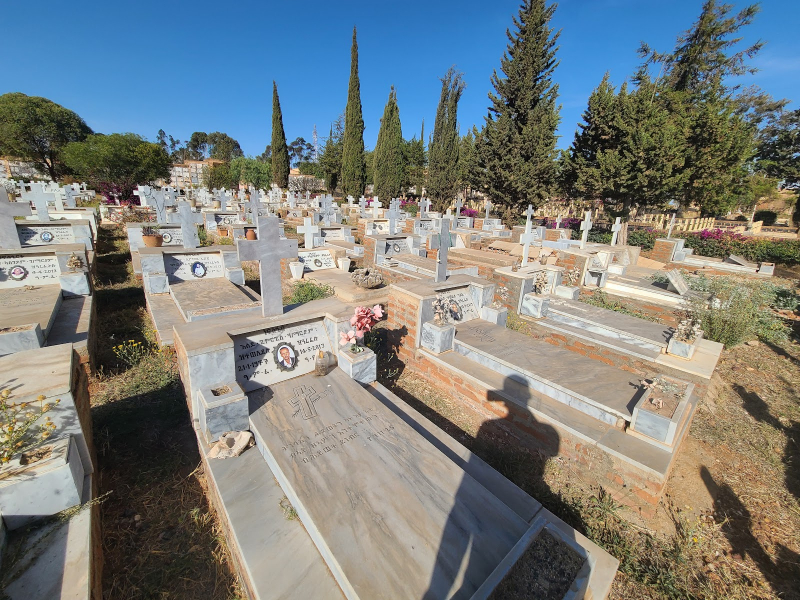
https://www.inspirock.com/ 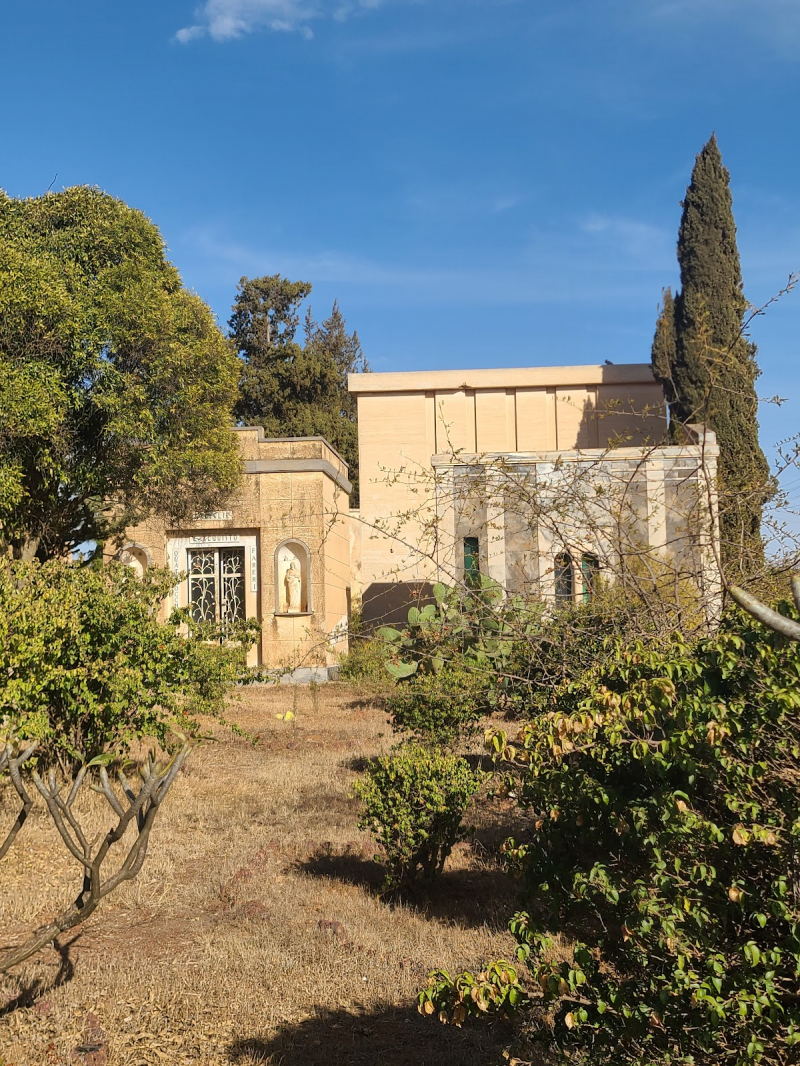
https://www.inspirock.com/ -
See the Former Imperial Palace, a once-grandiose palace that was destroyed during the Ethiopian-Eritrean conflict in 1990. Originally built as the private mansion of Werner Munzinger, a Swiss explorer of Africa, and later serving as Emperor Haile Selassie's winter retreat throughout the first part of the twentieth century, the edifice has long been an important political and cultural site. It has become one of the most beautiful historical sites in Eritrea.
The palace was severely destroyed during the Conflict of Independence, and its current state provides a very vivid introduction to how Massawa looked shortly after the war and the Old Town. Because it is mostly in ruins, you can see the specter of its former greatness through the imposing pillars, terraces, and the combination of blue and white marble tiles. Because the gates are rarely secured, it is normally able to stroll around the grounds.
Address: Imperial Palace, Mitsiwa, Eritrea
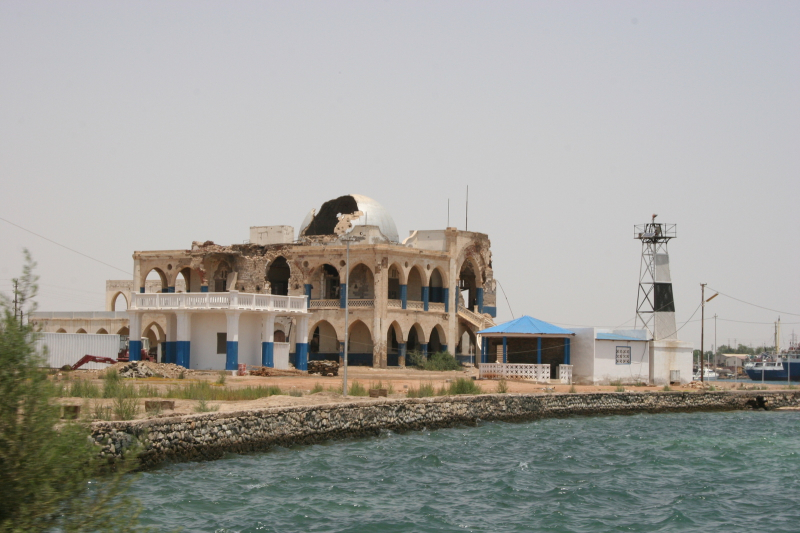
https://www.inspirock.com/ 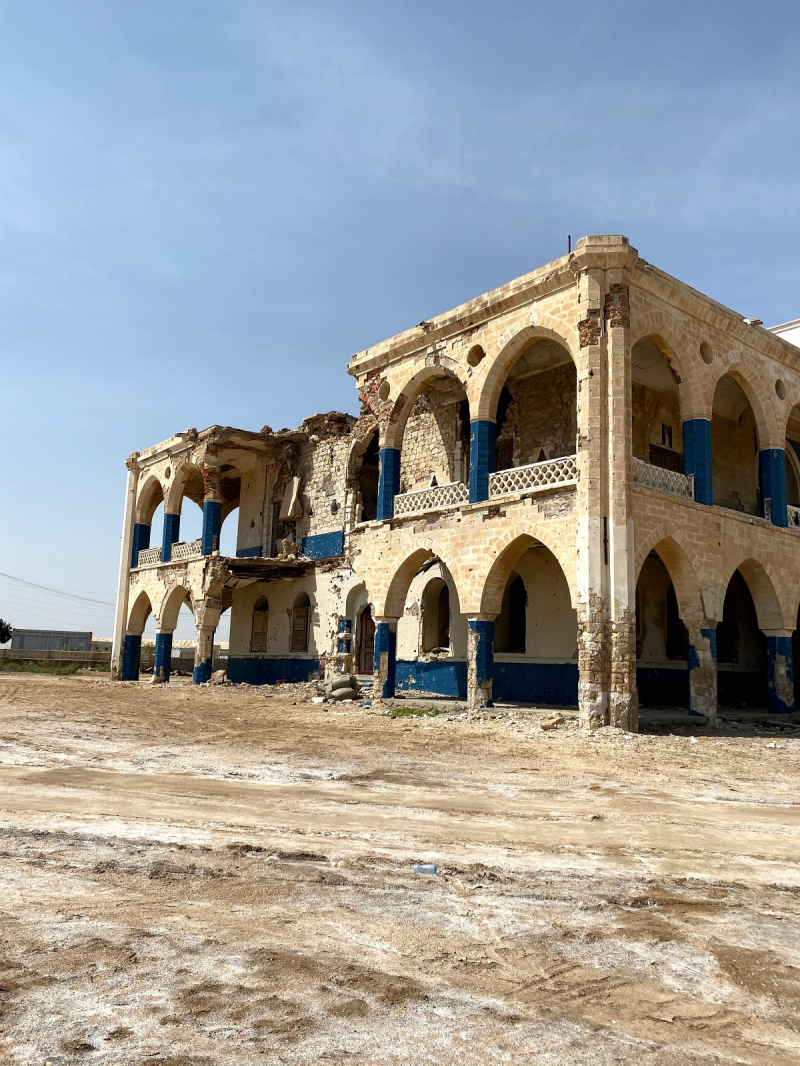
https://www.inspirock.com/ -
The Synagogue of Asmara is the last remaining remnant of Eritrea's Jewish community. A Jewish cemetery, classrooms, and a main chapel were built in 1906. Samuel Cohen, an Asmara native who stayed in the country to tend after the construction, is in charge of all elements of the synagogue today. Synagogue of Asmara is among the most beautiful historical sites in Eritrea.
The Synagogue of Asmara, the city's oldest place of worship, stands as a testament to the city's once-thriving Jewish community. The beautiful iron doors featuring the star of David and a menorah, as well as a gloomy cemetery in the grounds, draw visitors to the 1905 synagogue. Inside, the main hall features opulent chandeliers and a dark hardwood roof. Empty classrooms that once educated generations of Jews in Asmara now inspire nostalgic recollections. Keep in mind that the synagogue is frequently closed.
Address: Senafe St, Asmara, Eritrea
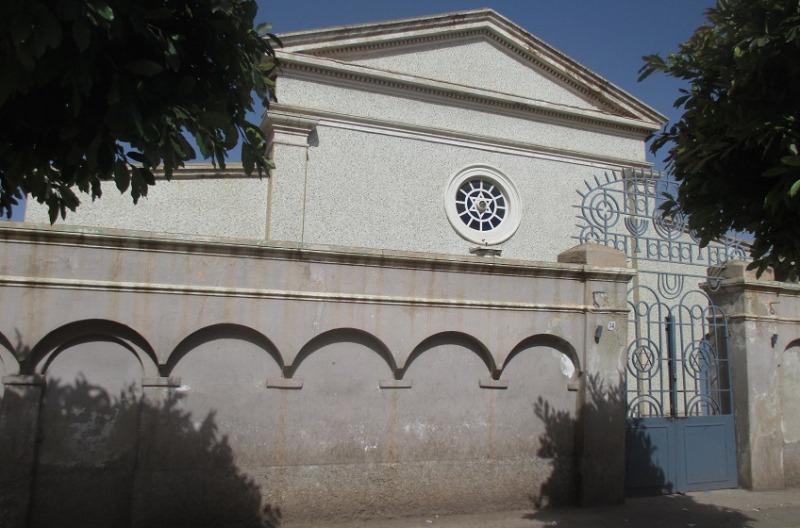
twitter.com 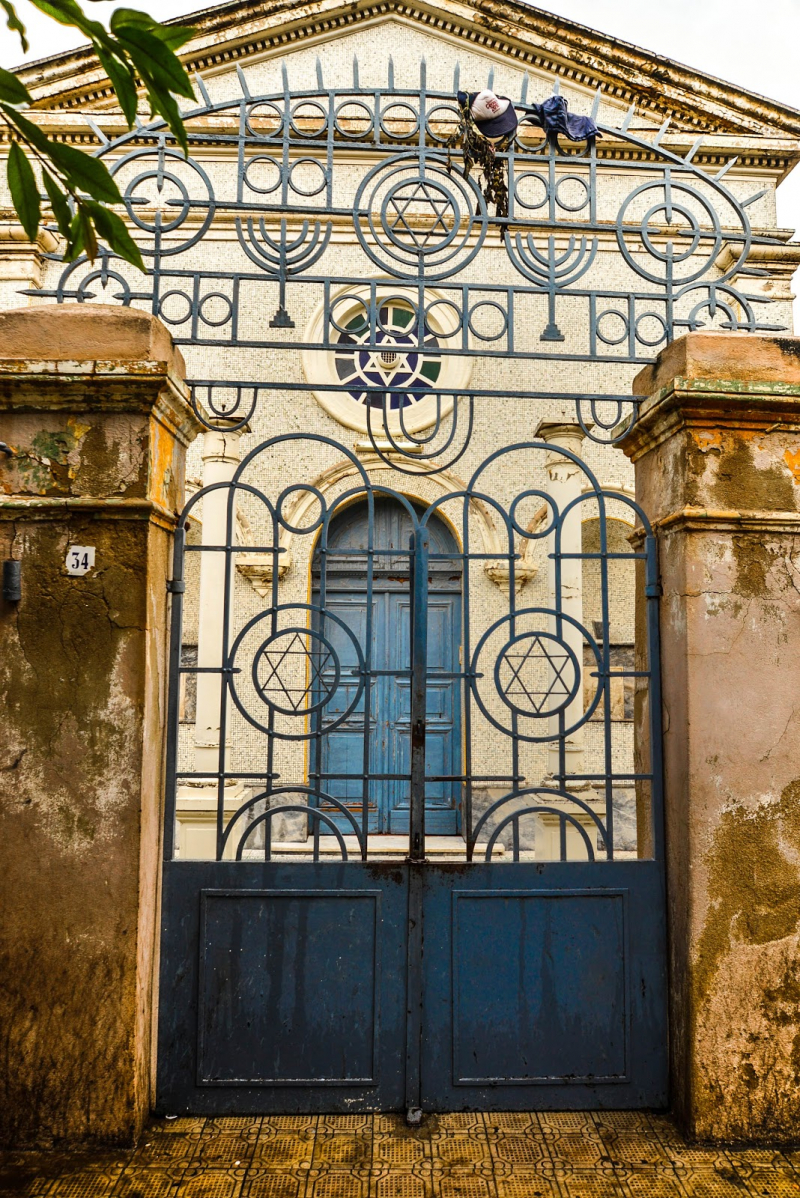
https://www.inspirock.com/ -
Qohaito was an important ancient city in what is now Eritrea's Debub area. It was a pre-Aksumite hamlet that grew prosperous throughout the Aksumite period. The city was built on a high plateau at the edge of the Great Rift Valley, over 2,500 meters above sea level. As of 2011, the stone ruins at Qohaito had not been explored. Adulis, an old harbor city, is directly to the east, while Matara is to the south.
The presence of rock art near Qohaito appears to date back to the fifth millennium BC, and the village is believed to have persisted until the sixth century AD. Mount Emba Soira, Eritrea's tallest peak, is nearby, as is a small successor hamlet.
Qohaito is frequently identified as the town Koloe recorded in the Periplus of the Erythraean Sea, a Greco-Roman text from the late first century AD. As a stop on the trading route between Adulis and Aksum, the village thrived. Crops are assumed to have been interlaced with town buildings. These ancient structures included the pre-Christian Temple of Mariam Wakino and the Sahira Dam, which may have been pre-Aksumite as well.
The ruins of Qohaito were discovered in 1868. However, they were mistakenly recognized as a "Greek depot" at the time. Matara, about 15 kilometers south of Senafe, is a similar site that was excavated in the 1960s.
Most visitors come to witness the Adi Alauti cave and the almost 7,000-year-old rock art inside. Archaeological digs are still ongoing, therefore significant new finds could be made at the site.
Address: Debub Region, Eritrea
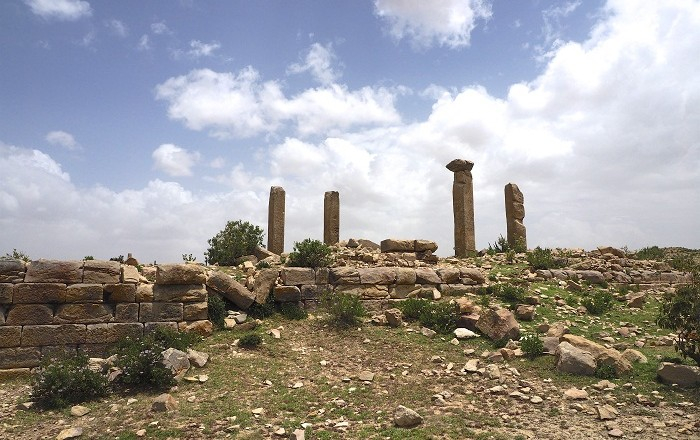
alluringworld.com 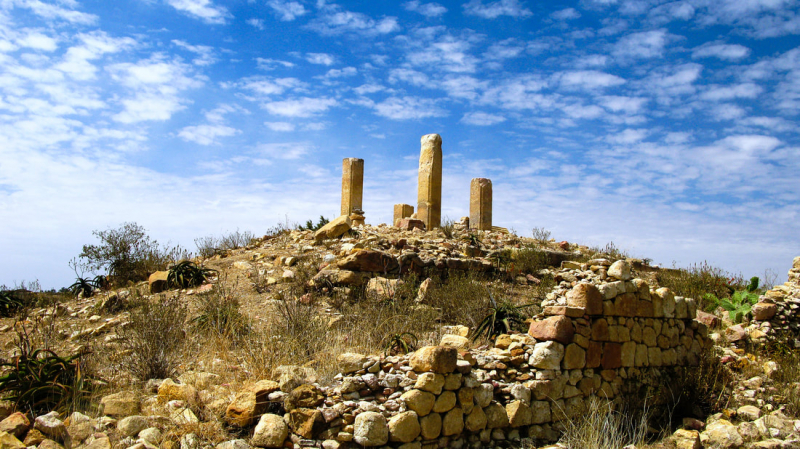
visiteritrea.net -
Among the most beautiful historical sites in Eritrea, Metera is a small hamlet and notable archeological site in Eritrea's Debub Region. Between the 10th and 9th centuries CE, two big and successful kingdoms emerged here: the D'mt and the Aksumite kingdoms. The National Museum of Eritrea has petitioned the Ethiopian government to recover artifacts removed from the site since Eritrea's independence. However, the attempts have so far been in vain.
The archaeological site has already revealed evidence of numerous stages of occupation, including at least two different significant towns dating back over 1000 years. The topmost layers date from the fourth to the eighth centuries and are associated with the Aksumite Empire. This city was an ally or part of the great commerce empire based in Aksum, the capital to the southwest. Metera appears to have been one of a line of cities along the trade route that extended from Aksum to its port city, Adulis, the massive ruins of which may be found near Zula, southeast of Massawa on the Red Sea coast. Keskese is 8 kilometers (5.0 miles) north of Matara.
Here is Hawulti, a pre-Aksumite or early Aksumite era obelisk.
Address: Emba Metera, Eritrea
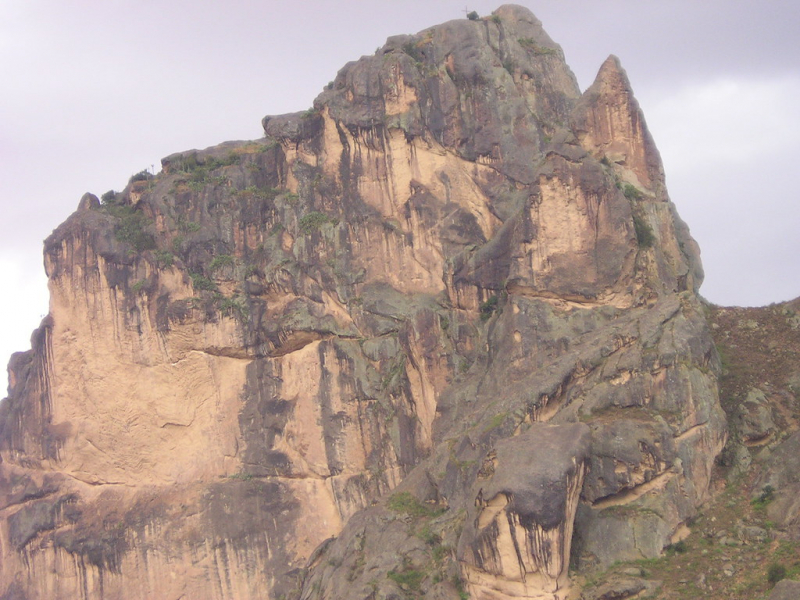
flickr.com 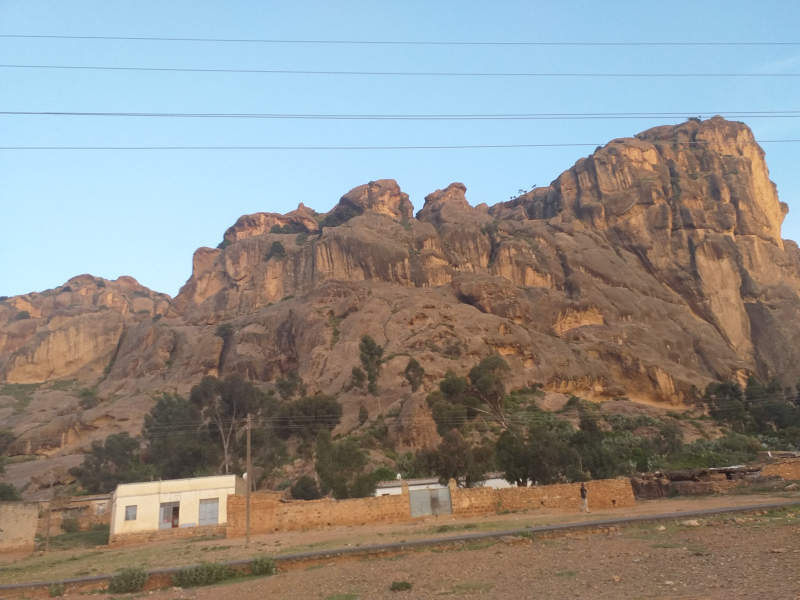
https://www.inspirock.com/


























